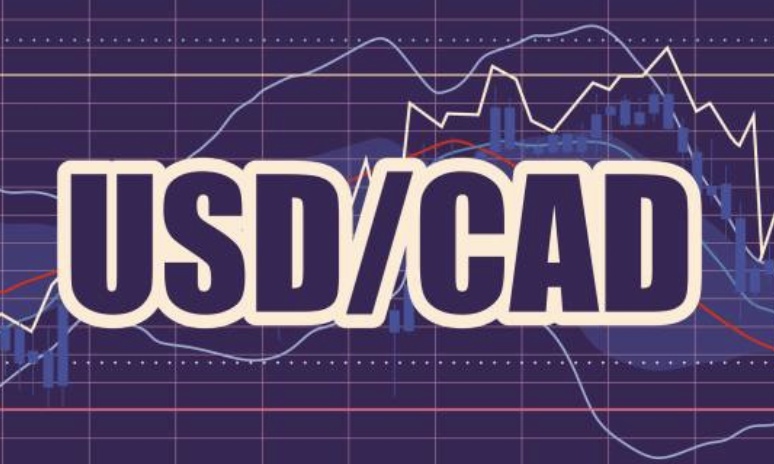
Drake Hampton
Apr 11, 2022 10:08

The National Bureau of Statistics of China is scheduled to issue the Chinese Consumer Price Index and Producer Price Index at 01:30 GMT on Monday.
Meanwhile, the economic toll imposed by the coronavirus will be a source of concern for financial markets. Since 28 March, Shanghai has been in lockdown. The city of 26 million residents reported 1,006 confirmed infections and nearly 24,000 asymptomatic cases in the preceding 24 hours, compared to China's total of 23,107 on April 7. Indeed, Omricon is projected to have a significant impact on China's economy. The most current hard data on China's economy are from January and February, which are out of date in light of the Ukraine war, soaring oil prices, and a fresh batch of covid-19 cases.
The price of AUD, which is used as a proxy for Chinese economic events, would come under pressure if the Chinese economy's outlook deteriorated. Today's statistics could be detrimental to the Australian dollar due to the potential of stagflation. Inflation in China has remained subdued thus far this year, with enterprises being burdened by persistently high PPI and rising raw material prices, while the low CPI figure reflects the country's current weak domestic demand. On Monday, the AUD/USD is already under pressure, down 0.2 percent with 30 minutes remaining till the release of the report.
China's National Bureau of Statistics publishes the Consumer Price Index. It is a metric for the range in retail prices across a representative basket of products and services. The outcome is a thorough summary of the findings from the urban and rural consumer price indices. Inflation erodes the CNY's purchasing power.
The CPI is a critical statistic for determining inflation and changes in consumer spending trends. A significant increase in the consumer price index indicates that inflation has become a destabilizing element in the economy, causing the People's Bank of China to tighten monetary policy and increase fiscal policy risk. In general, a high reading is considered beneficial (or bullish) for the CNY, while a low reading is considered negative (or bearish).

Apr 11, 2022 09:55

Apr 11, 2022 10:46